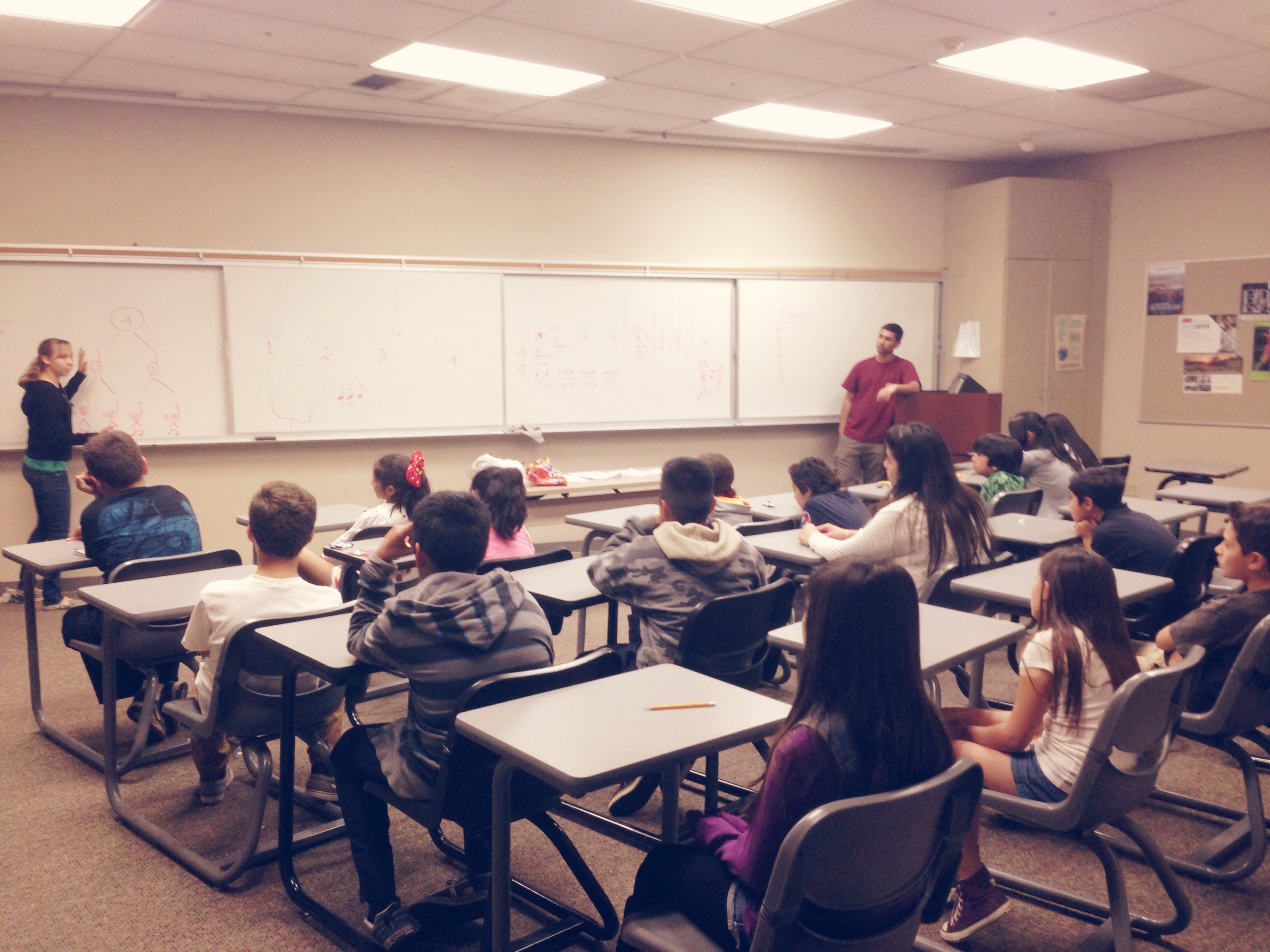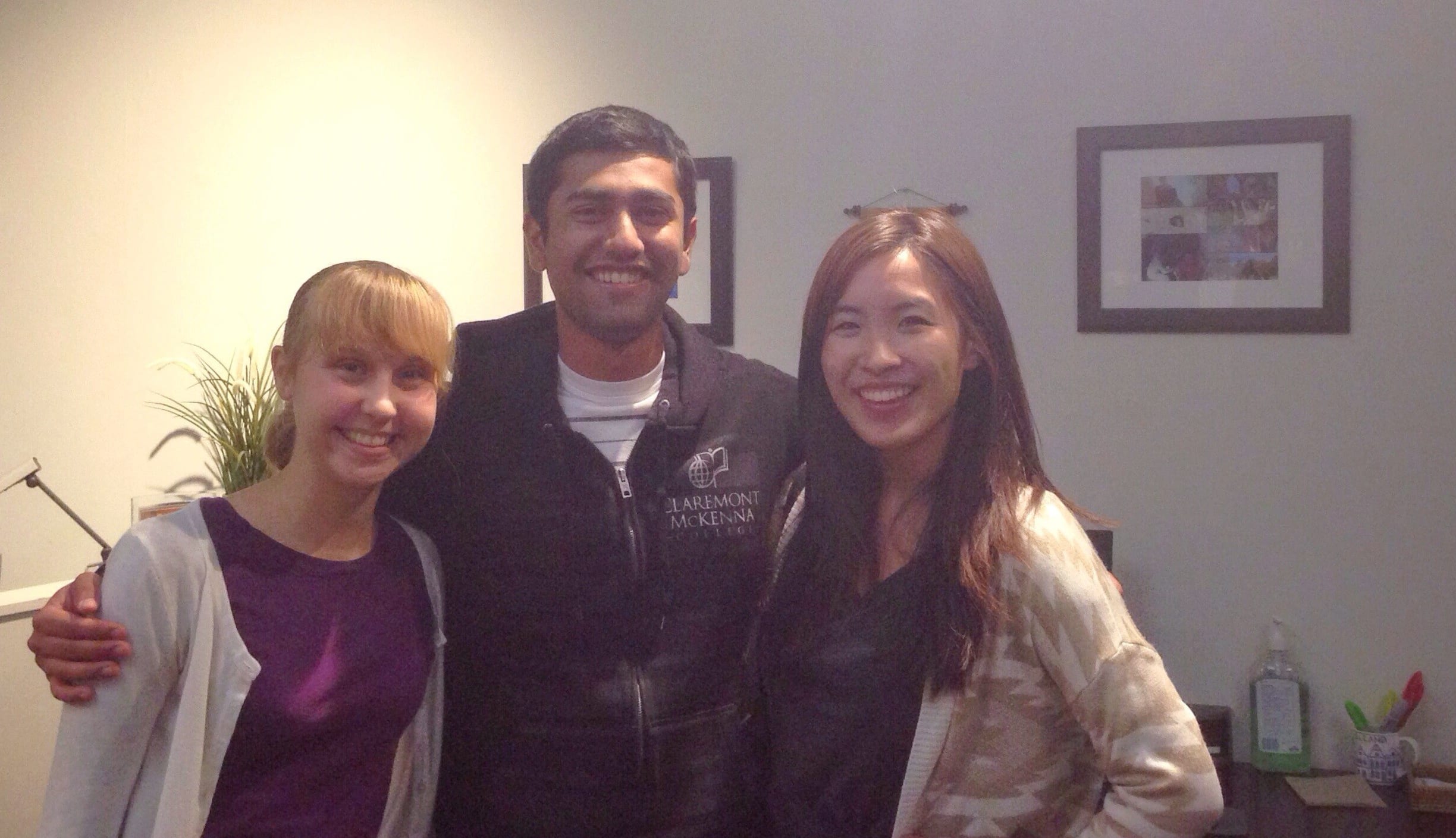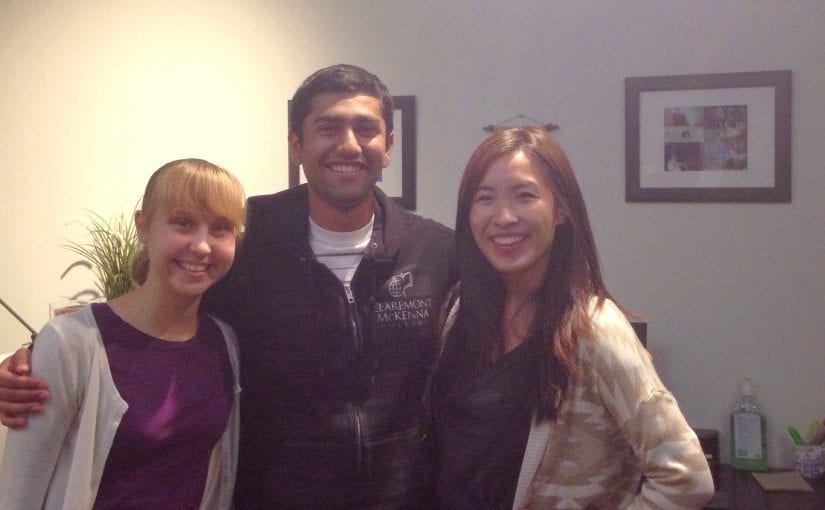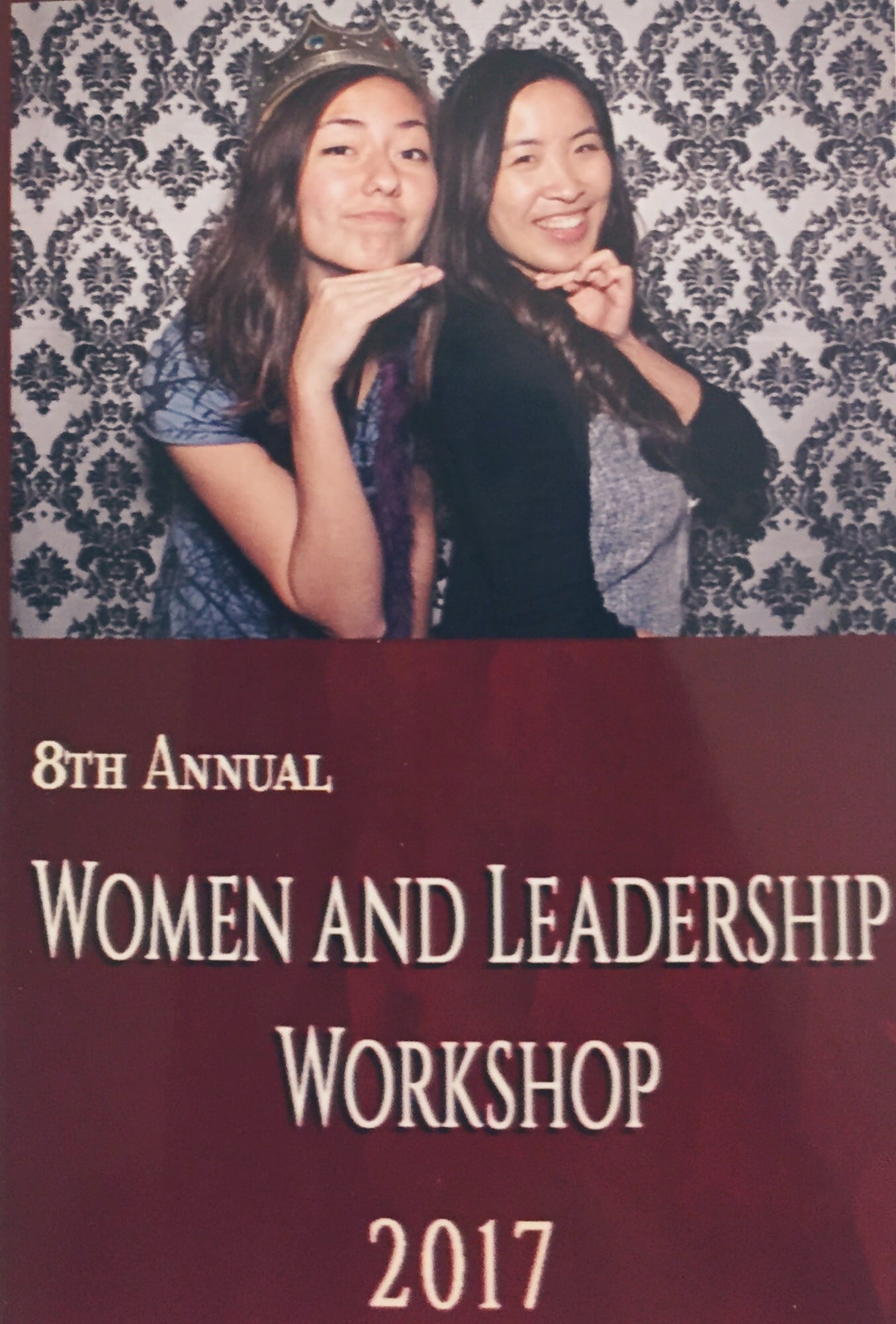During my sophomore year, I was tutoring a kid from Music Mentors of Pomona Valley, a program that gives free private music lessons to underprivileged students. My mentee was extremely vibrant and intelligent, but most importantly committed to learning a new music piece on the piano. The piece was “Payphone” by Maroon 5, a popular song at that time. Excited to teach, I found the easiest version of the song that I could and adapted it to make it easier. On the first day of my one-on-one with him, I had one of those “teachable moments.” He stared at the sheet music for a bit, and then it hit me that he did not know how to read music.

This “aha” moment led to another conversation, one I had with the head of the program. After talking, I had confirmed my suspicions that this was a common problem throughout the program. Music lessons are expensive and a privilege for people to take, but they also provide music theory background, the building blocks of learning how to play an instrument. From there, I was inspired to create a separate program on music theory education, one that would utilize a group setting to create a sense of community while teaching the subject matter.

Since then, Music Mania was born and has increased by 75% from the 20 students enrolled the first year, with mentor involvement increasing by five times. Kathleen Muenzen, lead mentor of Music Mania, shared her thoughts on why she joined the organization: “I joined Music Mania because music is my passion, and I am always searching for ways to make other people as excited about it as it makes me! I am also a strong believer in early exposure to music, both because it’s great for brain development and because it is something that can bring so much joy to life.”
The success of Music Mania serves as a reminder that an idea is powerful enough to create change in a community. From my perspective, I’ve learned much about how to create effective programs that best suit the kids of the program, especially during early childhood development. In return, I hope they take away from our mission to foster a sense of confidence through group interaction and a better understanding of music theory.
By: Sharon Chiang





